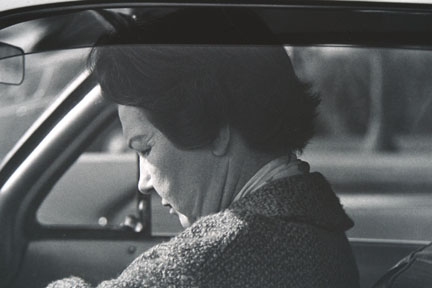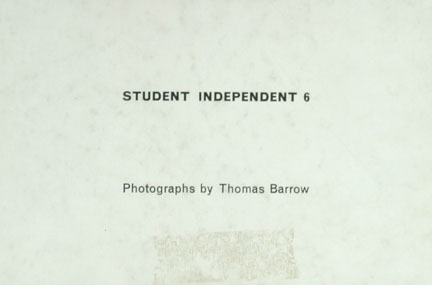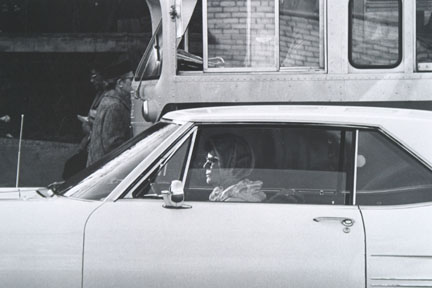About the Photographer
Barrow , Thomas
American, b. 1938
Throughout a long career Thomas F. Barrow has played many roles in the field of photography, from artistic innovator to educator at the University of New Mexico, where he has taught for many years and previously served as director of the university's museum. As a photographer Barrow has been deeply committed to an experimental practice, turning away from straight photography and a traditional aesthetic in order to explore new possibilities for the medium. Investigating concepts of representation, reproduction, material culture, and language, Barrows has used different tactics in successive bodies of work to disrupt the pictorial image, often physically modifying his negatives or prints. Frequently in his compositions the photographic image becomes just one raw material among many, including spray paint and builder's caulk.
In the mid-1960s Barrow was a student of Aaron Siskind at the Institute of Design in Chicago, where he completed a 115 image study for his thesis project, entitled The Automobile. Surveying the role of cars in American culture, this series is divided into three distinct sections, which follow the vehicles, respectively, from their display in showrooms though daily use on the streets and eventually to their final end in junk lots. The middle section—a concise set of ten photographs depicting drivers in their cars—was published by the Institute of Design as the Student Independent 6 portfolio, a copy of which is held in the MoCP's collection. In these ten images a common vantage point creates a sense of repetition, evoking the prevalence of the car in American life as well as the drudgery of bumper-to-bumper traffic. More broadly, this part of Barrow's study emphasizes how people isolate themselves within this enclosed, mobile environment; neatly framed by the car window, each driver is pictured in profile, sitting alone and staring straight ahead with a blank expression.
Barrow is perhaps best known for his iconoclastic series Cancellations, primarily completed between 1974 and 1978. After taking black and white photographs of banal landscapes or buildings in the Southwest, Barrow would carve an "X" into the negative before printing it, resulting in a white slash through the final image. These "cancelled" images draw attention to the photograph's materiality—the fact that it is not simply a window onto reality—and introduce an expressive element, a visible sign of the artist's hand, to what could otherwise appear to be a neutral, objective photograph.
Thomas Barrow was born in Kansas City, Missouri. He completed a BFA in Graphic Design from the Kansas City Art Institute (1963) and an MS in Photography from the Institute of Design at the Illinois Institute of Technology (1967). In the late 1960s and early 1970s, Barrow worked at the George Eastman House, first as Curator of Exhibitions, starting in 1965, and then as Assistant Director, from 1971 to 1972. He served as the Associate Director of the University Art Museum at University of New Mexico from 1973 to 1976, at which point he began teaching photography in the Department of Art and Art History.




